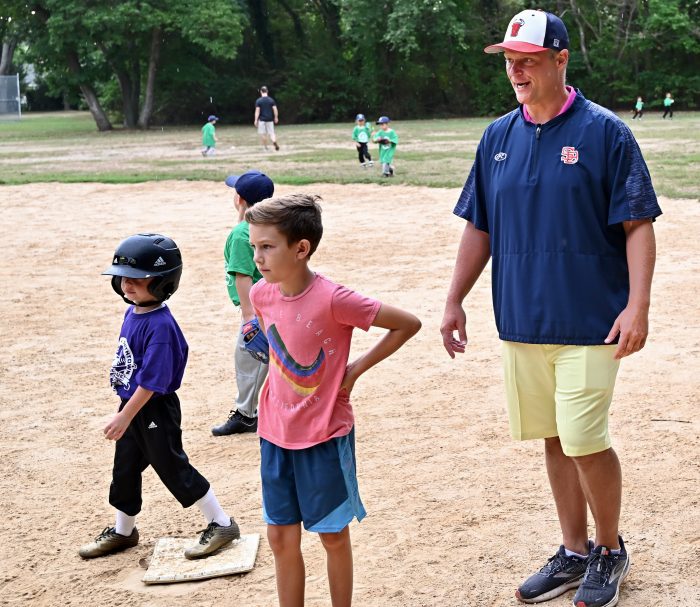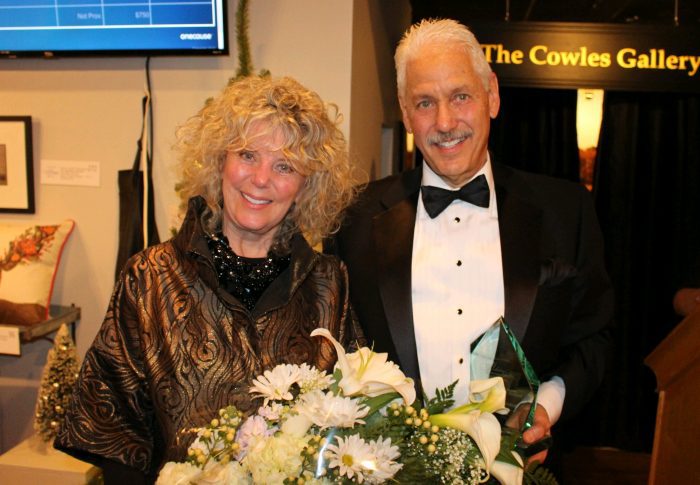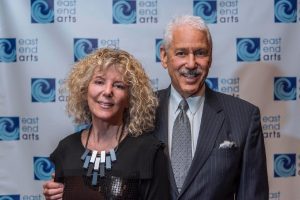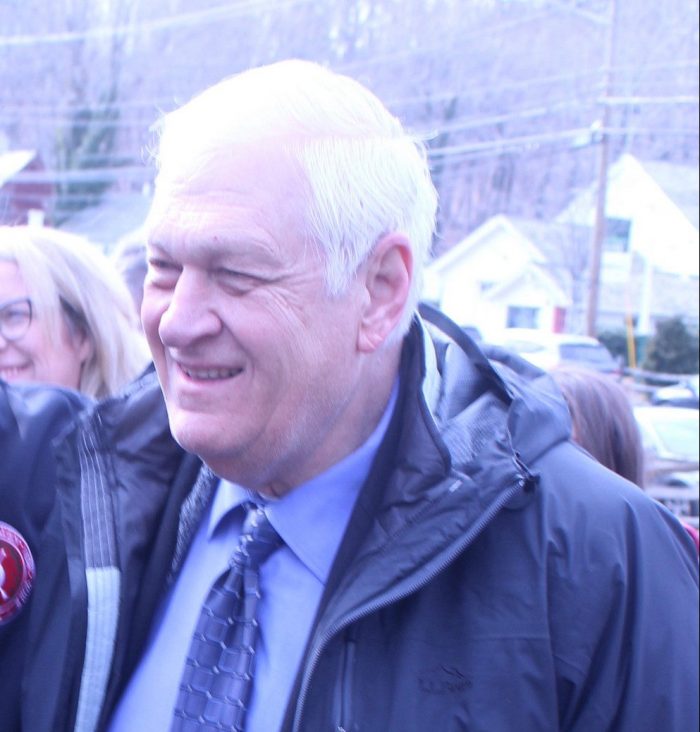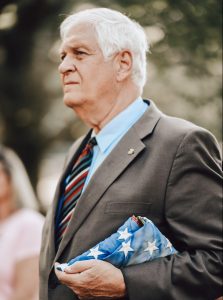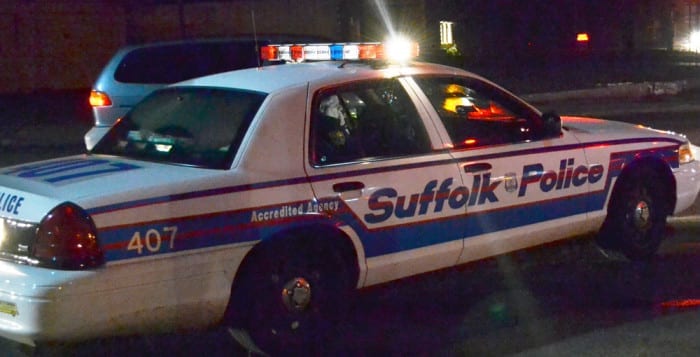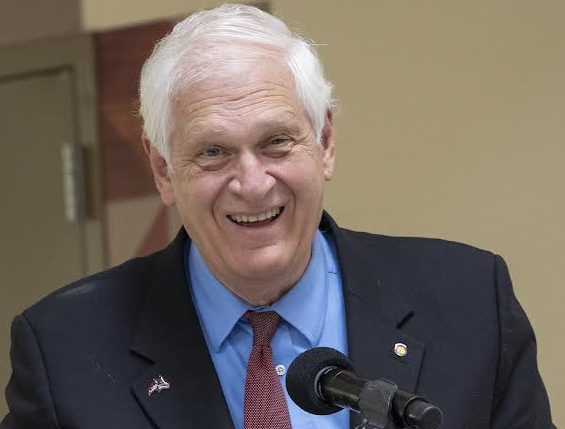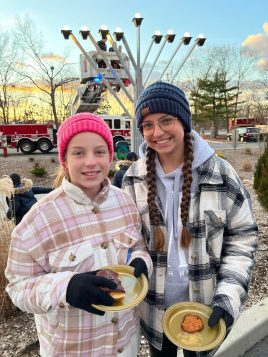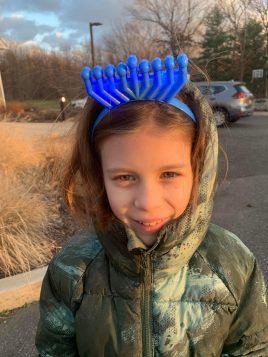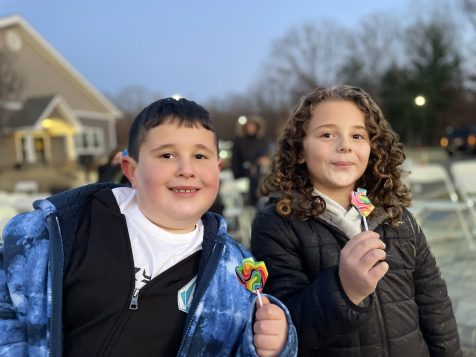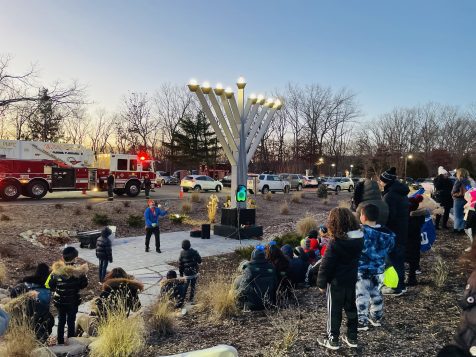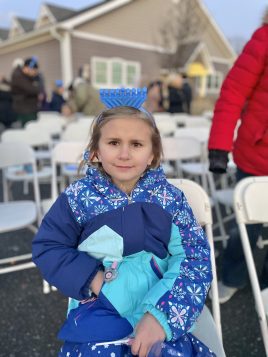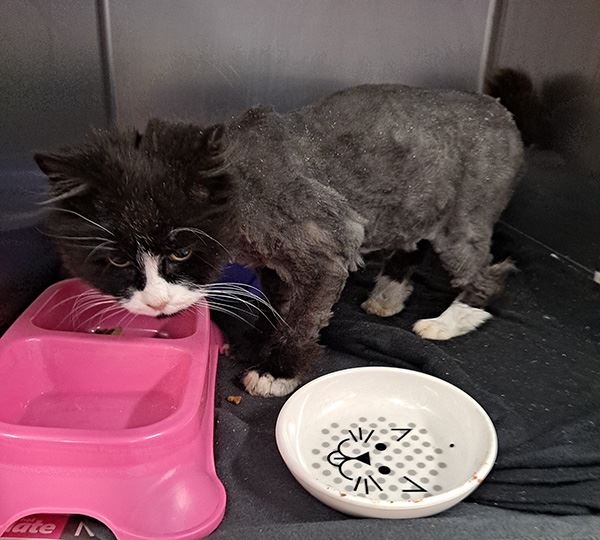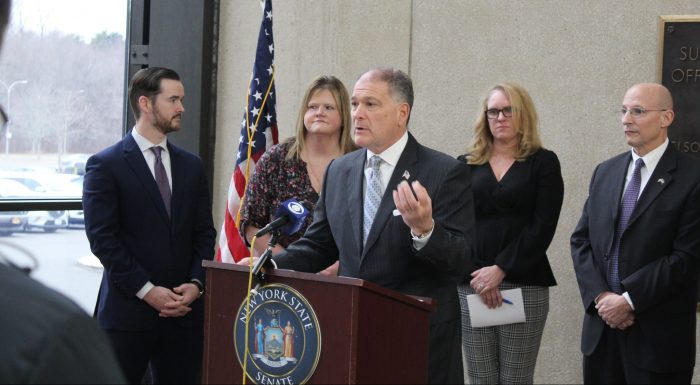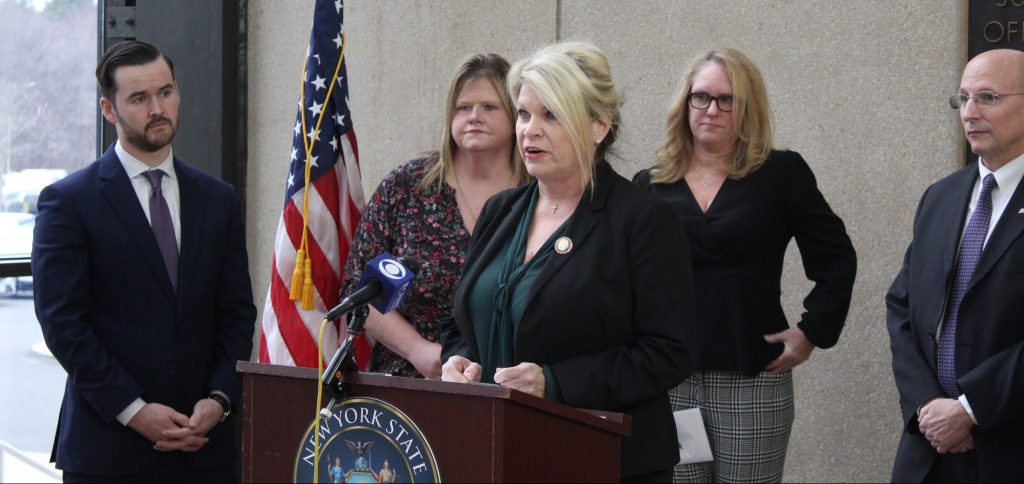Throughout his tenure as president of the St. James-Smithtown Little League, and over the course of his life, Rich Tomitz has always been a big dreamer.
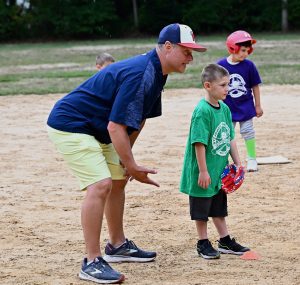
So much so, that when his friends and associates tell him that he is out of his mind or he is wasting his time with his latest ambitious project or idea, he has a simple response for them: “It’s my time to waste.”
Thanks to this defiant determination, hundreds of Zoom calls and a dash of Tomitz’s legendary enthusiasm and panache, there are now two gleaming artificial turf baseball fields for the kids of Smithtown and beyond to enjoy.
With the help of Town of Smithtown Supervisor Ed Wehrheim’s (R) office, the Smithtown Parks, Buildings & Grounds Department and internal fundraising campaigns, Gaynor Park and Veterans Memorial Park in St. James have been modernized. What the naysayers labeled a pipe dream, Tomitz turned into reality.
“Both fields are beautiful,” Tomitz said. “It took a lot of phone calls and favors that I had to cash in, but we got it done. Ed Wehrheim and the Smithtown parks department were very supportive and getting these fields redone was truly a team effort.”
In addition to being more resistant to bad weather, the project resulted in the fields getting enhanced safety features, dugouts and backstops. Even the surrounding playgrounds and landscaping got makeovers, thus improving quality of life for non-baseball kids, too. Personalized bricks adorn the area behind home plate at Gaynor and serve as a nostalgic touch to players and families, past and present.
“There is nothing quite like building a park where our young residents can enjoy and build lifelong memories,” Wehrheim said. “This was truly a private and public partnership and was a great example of what can be done when there is community collaboration.”
Tomitz, a former Wall Street worker, took over SJSLL in 2017, and he has devoted much of his time to the kids of this community for close to a decade as a board member. The league serves over 600 area boys and girls from ages 4 to 13 and competes in the national Williamsport Little League tournaments for baseball and softball every year.
“I’ve known Rich since the sixth grade, and he’s always had the gift of gab,” said Peter Famighetti, who is treasurer of SJSLL and grew up with Tomitz in New Hyde Park.
“To know him is to love him, and I really think that it took somebody like Rich to bring all the necessary parties together along with effective fundraising to get the wheels in motion for the new fields,” Famighetti said.
Tomitz’s wheels didn’t stop turning there.

With the upgrade to Gaynor and Veterans Memorial parks, he has been able to realize another dream — having the New York State softball championship tournament held locally.
Tomitz, Peter Russo, Sean Singh and Eric Hanson coached the 11-and-under Smithtown softball team during their state championship run in Rochester this past summer and while there, they had a group epiphany — we could host this tournament in our town and make it extra special.
After four months of negotiating with multiple parties locally and in Rochester and again working closely with Wehrheim, Tomitz and his project team struck a deal to move the tournament here.
In July of 2023, the state softball championships for 10U, 11U and 12U will be held on the new fields in the town, and it promises to not only be exciting, nearly month-long competition, but a family friendly extravaganza for Smithtown and visiting families from across New York state.
“This is a huge opportunity for Smithtown and our league to showcase where we live as well as our new fields,” Tomitz said. “We plan to make it a great family experience and I think that will not only be great for the kids, but also for the restaurants and hotels. Smithtown is the greatest place in the world to live and we can’t wait to show our New York state neighbors what we have to offer: baseball movie night on the outfield grass, ‘50-foot-long subway sandwiches,’ balloon animals … you name it, we’ll have it.”
“I’m ecstatic about the softball tournament coming to town,” Wehrheim said. “Hosting these types of major tournaments was a big part of why we invested in the renovations of these parks. The tournament will be great for tourism and will generate an uptick in commerce and small businesses. It will put our park system on the proverbial map and inspire our community youth to engage in the sport of softball. We’re excited to host so many families and looking forward to welcoming the tournament to Smithtown.”
Singh, whose daughter Jiselle is the starting shortstop for the champion 11U softball team, would love to repeat the triumph in 2023 in front of a hometown crowd.
“I’m honored to be a part of something so special,” coach Singh said. “Rich is a pillar of the community and of the league, and he has gone above and beyond to help our athletes grow and develop. When I moved out here, he shared his vision of rebuilding the Smithtown softball program from the ground up and when he asked me to help him do this, I knew I could not say ‘no.’ The result was the first-ever state softball championship in Smithtown’s history and now we’re hosting it, it’s a really special achievement.”
Tomitz’s daughter Nadia, who just turned 11 and plays second base for the champs, beams with pride over her dad and the efforts he has put forth for the team, the league and the town.
“I love my dad and he’s the best,” Nadia said. “He’s always on the phone, talking about something and trying to do good things for all the kids. He never stops talking about this stuff.”
Even with the tournament secured, Tomitz’s talking has just begun. Over the next few months, he will focus on securing vendors, sponsors, entertainment and housing just to name a few. Plus, he still has the regular business of the Little League to deal with. Despite all of that, he intends to take his place in the dugout as part of the coaching staff of the 11U team that is looking to repeat as state champions.
“We want to win two in a row,” he said. “And I want to be there for every second of that.”
Win or lose, it surely will be time very well spent. For his enterprise on behalf of SJSLL, TBR News Media is pleased to name Tomitz a Person of the Year for 2022.

